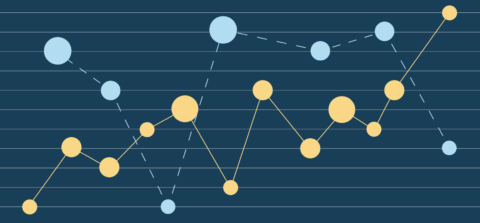3 Common Misconceptions About High-Quality Instructional Materials
In order for teachers to experience the true benefits of quality materials, it’s important to understand their misgivings and engage in productive conversations.
Related Resources
article
2020 State of the Market: The Use of Aligned Materials
Learn about the availability of programs aligned to college and career-ready standards and how regularly these aligned materials are being used in classrooms.
article
Invest in Quality Curricula Now for Long Term Returns
As educators determine budget choices, new stimulus funds offer a powerful opportunity to make a long-term investment in students.
article
COVID-19 Planning: Resources to Support the Use of High-Quality Instructional Materials
To support educators in their planning during the COVID-19 pandemic, EdReports has created a collection of resources to advocate for and guide decision making around the use of high-quality instructional materials.


